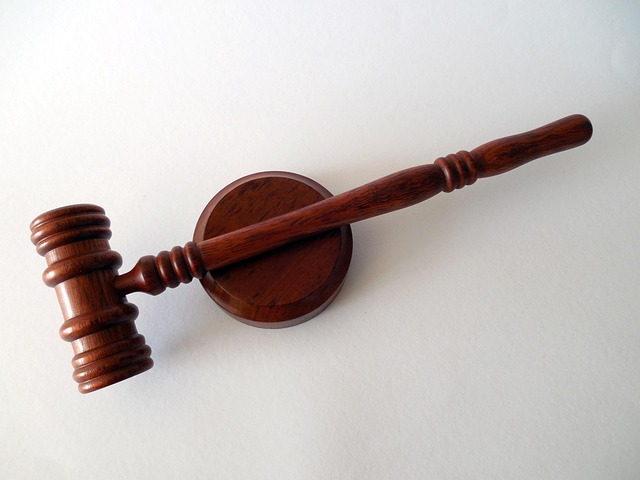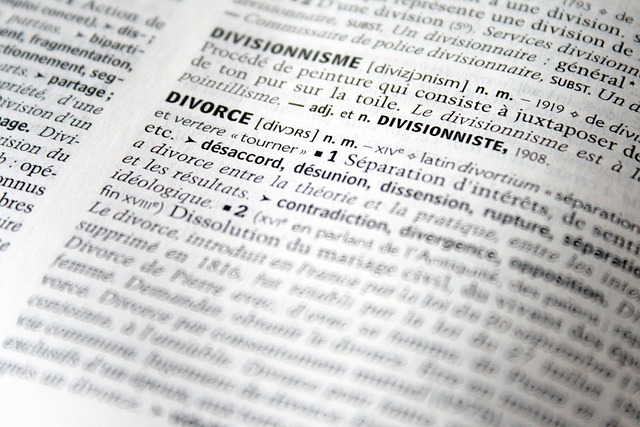Environmental law has evolved significantly with the rise of environmental crime trials, driven by growing awareness of degradation's impact. Specialized legal mechanisms are crucial to deterring crimes like pollution, habitat destruction, and illegal logging, addressing the complexity of such cases involving scientific evidence and far-reaching ecological consequences. "Understanding Regulatory Law Litigation Stages" is key to navigating these processes, starting with regulatory body investigations, evidence gathering for liability establishment, and potential penalties or dismissals. Environmental Crime Trials follow a similar structured process, balancing justice and accountability as powerful deterrents for future environmental offenses.
In an era where environmental degradation poses unprecedented challenges, Environmental Crime Trials emerge as a powerful tool for justice. This article delves into the understanding regulatory law litigation stages, exploring the rising significance of these trials in holding perpetrators accountable. From the initial investigations to the final verdict, we break down the process, highlighting how legal mechanisms combat ecological crimes. By examining these trials, we uncover crucial insights into the effectiveness of regulatory law in safeguarding our planet.
- The Rise of Environmental Crime Trials: Exploring the Need for Legal Accountability
- Regulatory Law in Action: Uncovering the Litigation Process
- Stages of Environmental Crime Trial: A Comprehensive Breakdown
The Rise of Environmental Crime Trials: Exploring the Need for Legal Accountability
In recent years, the landscape of environmental law has seen a significant shift with the rise of environmental crime trials. As awareness grows about the devastating impact of environmental degradation, legal systems across the country are responding by holding perpetrators accountable through Understanding Regulatory Law and Litigation Stages. This trend reflects a growing recognition that environmental crimes, such as pollution, habitat destruction, and illegal logging, require robust legal mechanisms to deter future offenses.
The need for these trials is driven by the increasing complexity of environmental issues and the realization that general criminal defense strategies may not always be sufficient in securing winning challenging defense verdicts. Environmental crime cases often involve intricate scientific evidence, regulatory violations, and far-reaching consequences for both ecosystems and communities. As a result, specialized legal approaches are necessary to ensure justice is served and to foster a culture of environmental stewardship across the nation.
Regulatory Law in Action: Uncovering the Litigation Process
In the realm of environmental crime trials, Understanding Regulatory Law Litigation Stages is pivotal. The process begins with an investigation by regulatory bodies to uncover violations, followed by the initiation of legal proceedings. This involves filing complaints, issuing subpoenas, and gathering evidence to establish liability. The litigation stages are meticulously designed to ensure justice and accountability for businesses engaging in harmful environmental practices.
Each stage plays a crucial role in achieving extraordinary results. From the initial complaint to the final verdict, the respective business faces scrutiny, with every step aimed at securing a complete dismissal of all charges or, alternatively, imposing severe penalties. This dynamic ensures that regulatory law serves as a powerful tool, fostering responsible environmental stewardship and deterring future violations.
Stages of Environmental Crime Trial: A Comprehensive Breakdown
Environmental Crime Trials involve a complex process, akin to understanding the intricate layers of regulatory law litigation stages. The journey begins with the initial investigation, where authorities uncover suspected violations through evidence gathering and witness interviews. This phase is crucial in setting the tone for the entire trial, as it determines the strength of the prosecution’s case. Once charges are filed, the court proceedings unfold into a series of steps designed to uncover the truth.
The trial itself encompasses several key stages. It starts with opening statements, where both the prosecution and defense present their narratives to the jury or judge. This is followed by presentation of evidence, including expert testimony, documents, and physical exhibits. The cross-examination process then delves deeper into the facts, challenging the credibility of witnesses and the validity of evidence. Closing arguments encapsulate the final phase, where lawyers summarize the case and attempt to sway the decision-makers. Ultimately, the outcome hinges on the judge’s or jury’s interpretation of the presented evidence, with a focus on understanding white collar and economic crimes within the larger context of philanthropic and political communities, often leading to winning challenging defense verdicts.
Environmental crime trials are a crucial step in understanding and enforcing regulatory law. By delving into the litigation process and its various stages, we can navigate the complex web of environmental protection and accountability. This exploration highlights the importance of legal mechanisms in addressing ecological challenges, ensuring that those who harm our planet face consequences. Through knowledge of these trial processes, we empower ourselves to foster a more sustainable future.






